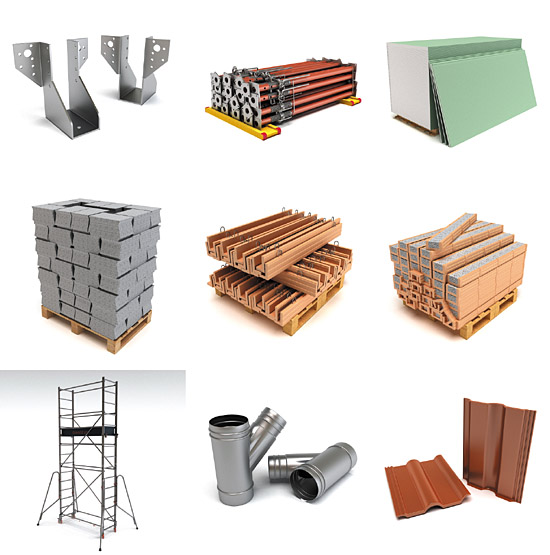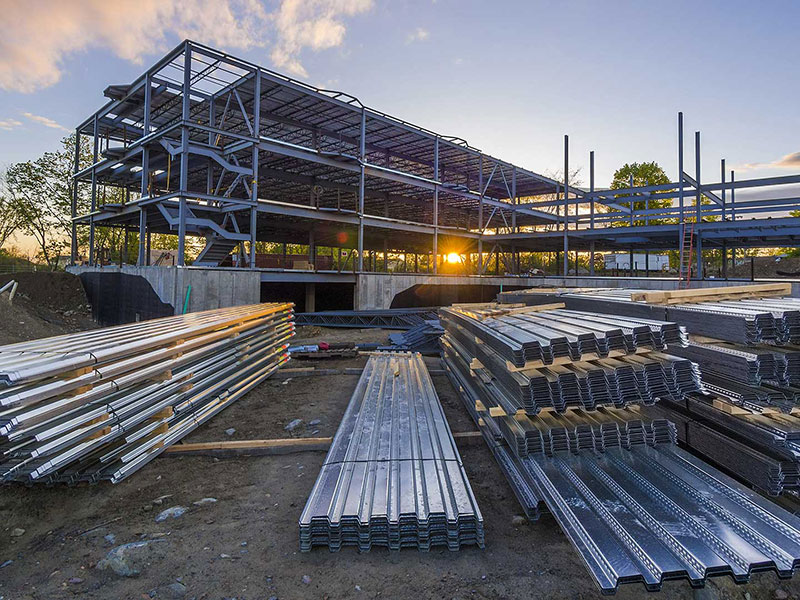How Building Materials Prices Start 2022 with 8% Increase - NAHB can Save You Time, Stress, and Money.

Fascination About Westwood Building Materials - Southern Califormia Building
Glass is usually made from mixes of sand and silicates, in a very hot fire range called a kiln, and is very fragile. Ingredients are frequently included the mixture utilized to produce glass with tones of colors or various characteristics (such as bulletproof glass or lightbulbs). Using View Details in architectural buildings has ended up being extremely popular in the modern culture.

Building Materials and Supplies from Sutherlands
These uses though require some sort of frame to hold areas of glass together, as glass by itself is too brittle and would need an excessively big kiln to be used to span such big locations by itself. Glass bricks were created in the early 20th century. Gypsum concrete [modify] Plaster concrete is a mix of gypsum plaster and fibreglass rovings.
With an abundance of plaster (naturally taking place and by-product chemical FGD and phospho plasters) readily available around the world, Gypsum concrete-based building products, which are fully recyclable, offer considerable ecological benefits. Metal is utilized as structural structure for larger buildings such as skyscrapers, or as an external surface area covering. There are lots of kinds of metals used for building.

Egypt's Exports of Building Materials Skyrockets as Production Booms
Lumber + Building Materials - Gerretsen Building Supply Things To Know Before You Buy
It requires a lot of human labor to produce metal, particularly in the large quantities required for the building industries. Rust is metal's prime enemy when it comes to durability. Steel is a metal alloy whose major element is iron, and is the usual option for metal structural structure products.

The 5 Commonly Used Construction Materials
The lower density and much better corrosion resistance of aluminium alloys and tin sometimes conquer their higher expense. Copper is a valued building product since of its useful properties (see: Copper in architecture). These consist of rust resistance, toughness, low thermal motion, lightweight, radio frequency protecting, lightning security, sustainability, recyclability, and a large range of surfaces.

